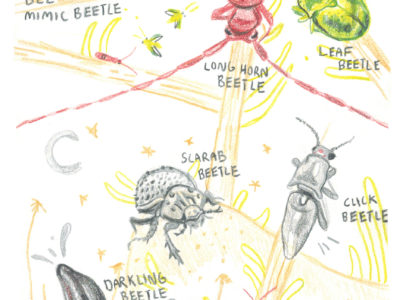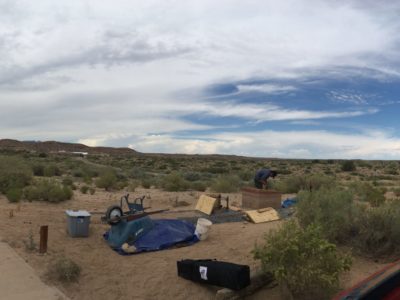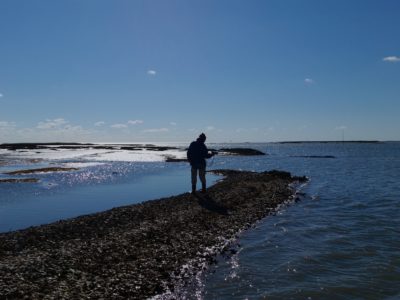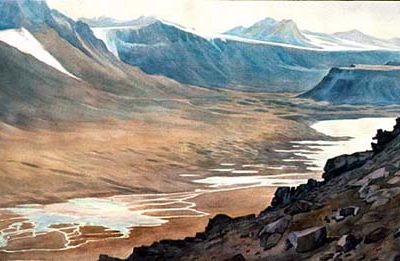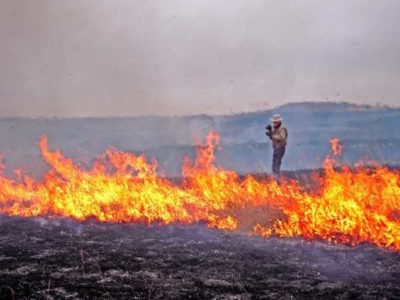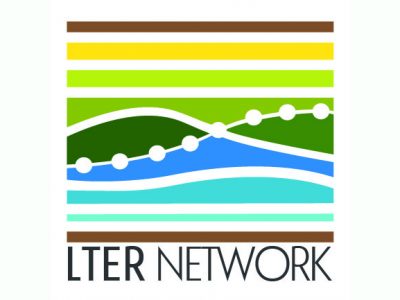Art Student Sarah Rose at Sevilleta Field Station (SEV)
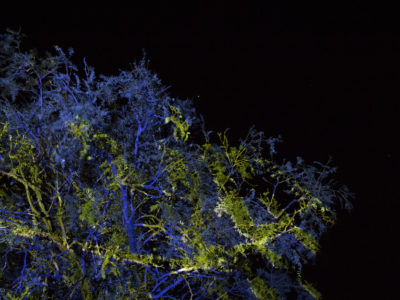
All science and art students spend a summer at the University of New Mexico Sevilleta Field Station, where they participate in journal club, seminars, and other summer REU activities. Art REU students are encouraged to participate in field work and data collection with REU students in the sciences. Final projects are presented during an on-site… Read more »

